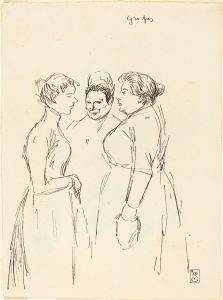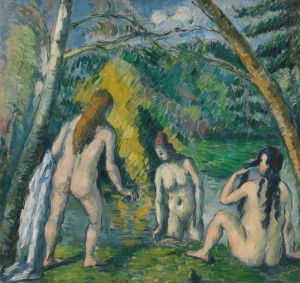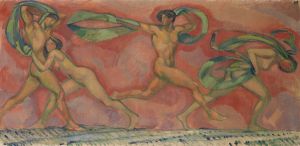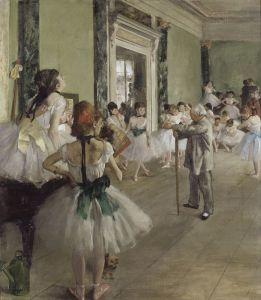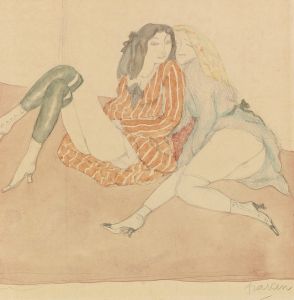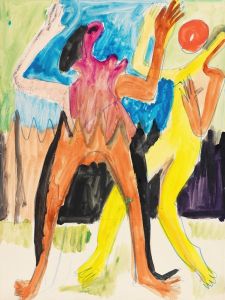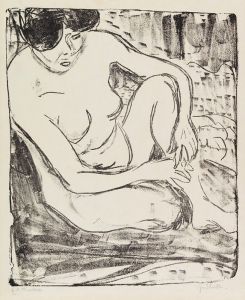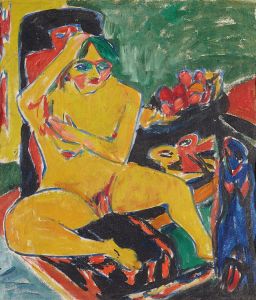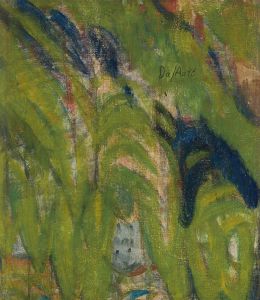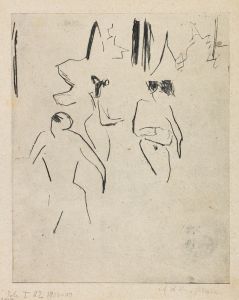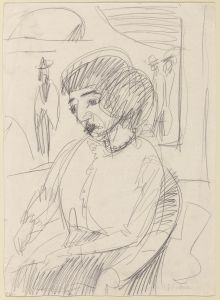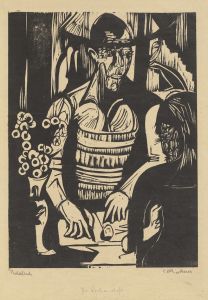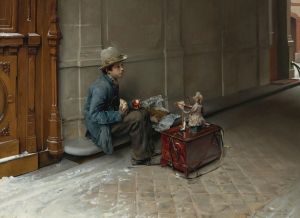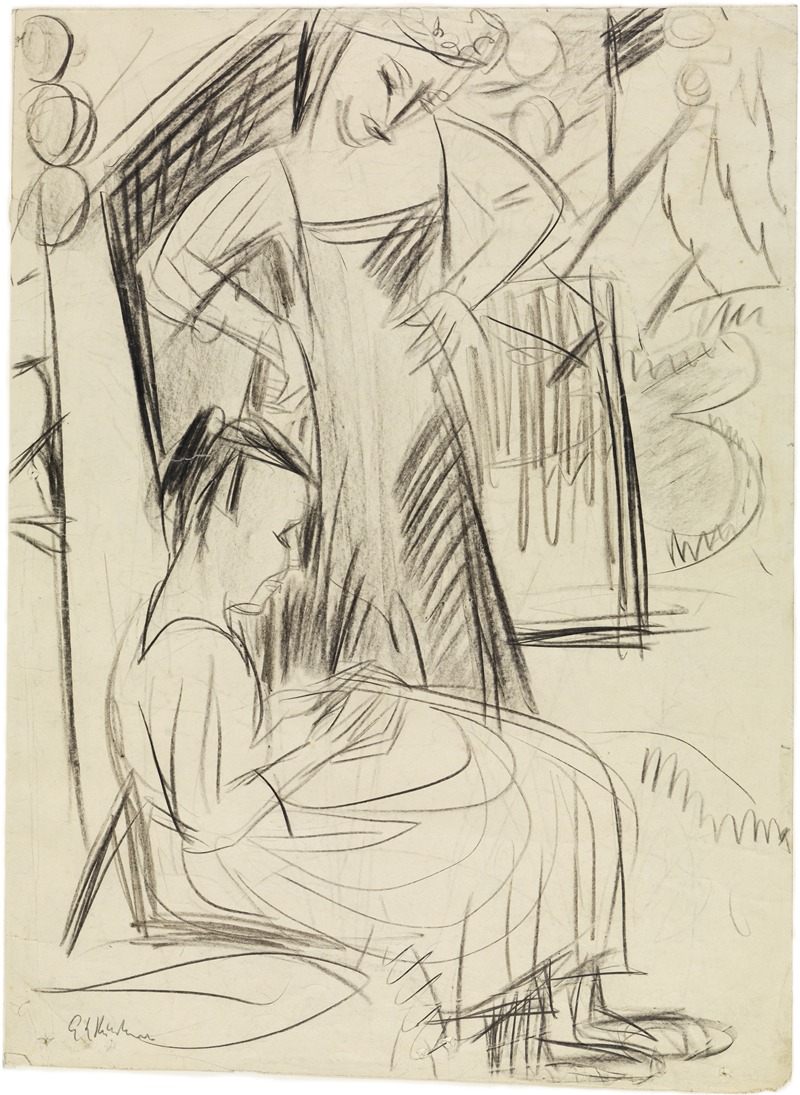
Zwei Mädchen vor dem Haus
A hand-painted replica of Ernst Ludwig Kirchner’s masterpiece Zwei Mädchen vor dem Haus, meticulously crafted by professional artists to capture the true essence of the original. Each piece is created with museum-quality canvas and rare mineral pigments, carefully painted by experienced artists with delicate brushstrokes and rich, layered colors to perfectly recreate the texture of the original artwork. Unlike machine-printed reproductions, this hand-painted version brings the painting to life, infused with the artist’s emotions and skill in every stroke. Whether for personal collection or home decoration, it instantly elevates the artistic atmosphere of any space.
Ernst Ludwig Kirchner, a prominent German expressionist painter and one of the founding members of the artist group Die Brücke, created the painting "Zwei Mädchen vor dem Haus" (Two Girls in Front of the House). This artwork exemplifies Kirchner's distinctive style, characterized by bold colors, dynamic compositions, and a focus on human figures within their environments.
Kirchner was deeply influenced by the burgeoning expressionist movement in the early 20th century, which sought to convey emotional experience rather than physical reality. His work often depicted scenes of urban life, landscapes, and nudes, capturing the psychological tension and vibrancy of modern life. "Zwei Mädchen vor dem Haus" is a testament to his interest in exploring the human condition and the relationship between people and their surroundings.
The painting portrays two young girls standing in front of a house, a subject that allows Kirchner to explore themes of innocence and the transition from childhood to adulthood. The figures are rendered in a stylized manner, with elongated forms and exaggerated features, a hallmark of Kirchner's approach that emphasizes emotional expression over realistic representation. The use of vivid, non-naturalistic colors further enhances the emotional impact of the scene, drawing the viewer's attention to the psychological undercurrents of the composition.
Kirchner's technique in this painting reflects his broader artistic philosophy. He often employed a vigorous brushstroke and a palette of intense colors to create a sense of movement and immediacy. This approach can be seen in "Zwei Mädchen vor dem Haus," where the dynamic interplay of colors and forms creates a lively and engaging composition. The background, while less detailed, serves to frame the figures and highlight their presence within the space.
The setting of the painting, with its depiction of a house, suggests a domestic environment, which Kirchner often used as a backdrop to explore themes of intimacy and personal relationships. The house, rendered in simplified shapes and bold outlines, provides a contrast to the more fluid depiction of the figures, emphasizing their centrality in the composition.
Kirchner's work, including "Zwei Mädchen vor dem Haus," was part of a broader movement within Die Brücke to break away from traditional artistic conventions and explore new forms of expression. The group sought to create art that was raw, direct, and reflective of contemporary life, often drawing inspiration from non-Western art forms and the natural world. Kirchner's paintings from this period are characterized by their innovative use of color and form, as well as their focus on the human experience.
Throughout his career, Kirchner faced numerous personal and professional challenges, including struggles with mental health and the impact of World War I. Despite these difficulties, he remained a prolific artist, and his work continues to be celebrated for its contribution to the development of modern art. "Zwei Mädchen vor dem Haus" is a notable example of his ability to capture the complexities of human emotion and the interplay between individuals and their environments.
Today, Kirchner's paintings are held in high regard and can be found in major art collections around the world. His influence on the expressionist movement and his innovative approach to color and form have left a lasting legacy in the history of art. "Zwei Mädchen vor dem Haus" remains a significant work within his oeuvre, exemplifying the themes and techniques that define his artistic vision.





